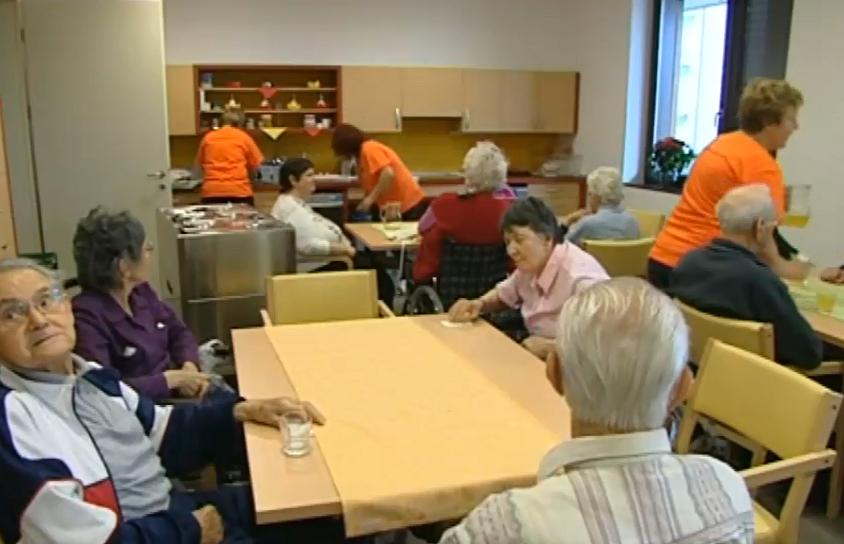
Representatives of different fields and regions in Slovenia came together at a meeting organized by the Active & Healthy Ageing Project. The aim of the meeting was to connect people, share views and contacts, and thus enable easier future cooperation among the participants. The National Institute of Public Health hopes the project will spread to all of Slovenia's regions. One of the project aims is to put in place local coordinators. The institute is pleased with the achieved project results and with the turnout at the gathering.
People want to prepare for their retirement period
The project officially ends at the end of February. The national institute hoped to get some last information, recommendations and opinions. Mojca Blenkuš Gabrijelčič, the head of the Active & Healthy Ageing Project at the National Institute of Public Health, says the wish is for the project activities to continue even after the funds run out. The project found that people go into pension even when they are not financially prepared for it. They are also not informed about ways on how to spend the plenty of free time they have after going into retirement. That is why the institute, together with the project participants, prepared a number of proposals for pension activities.
The project also put an emphasis on long-term care, which is successfully coordinated by some Slovenian care homes, social work centres, home care services and other organizations. For the successful implementation of long-term care unofficial care workers and volunteer organization would also have to be included. Numerous indicators, as well as an ageing population, point to the fact that long-term care will be needed even more in the future, as the share of elderly people will rise to 35 percent or even higher by the year 2060.

































































